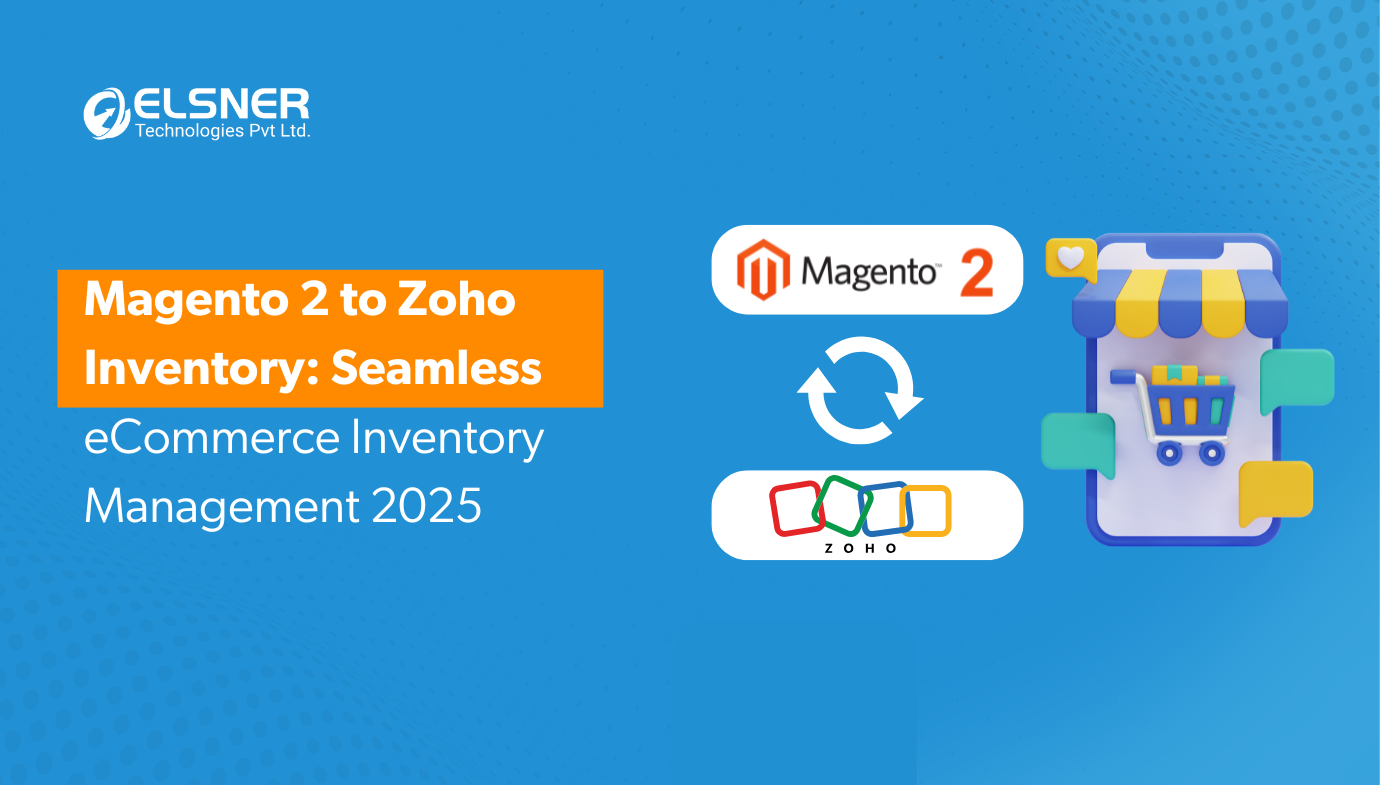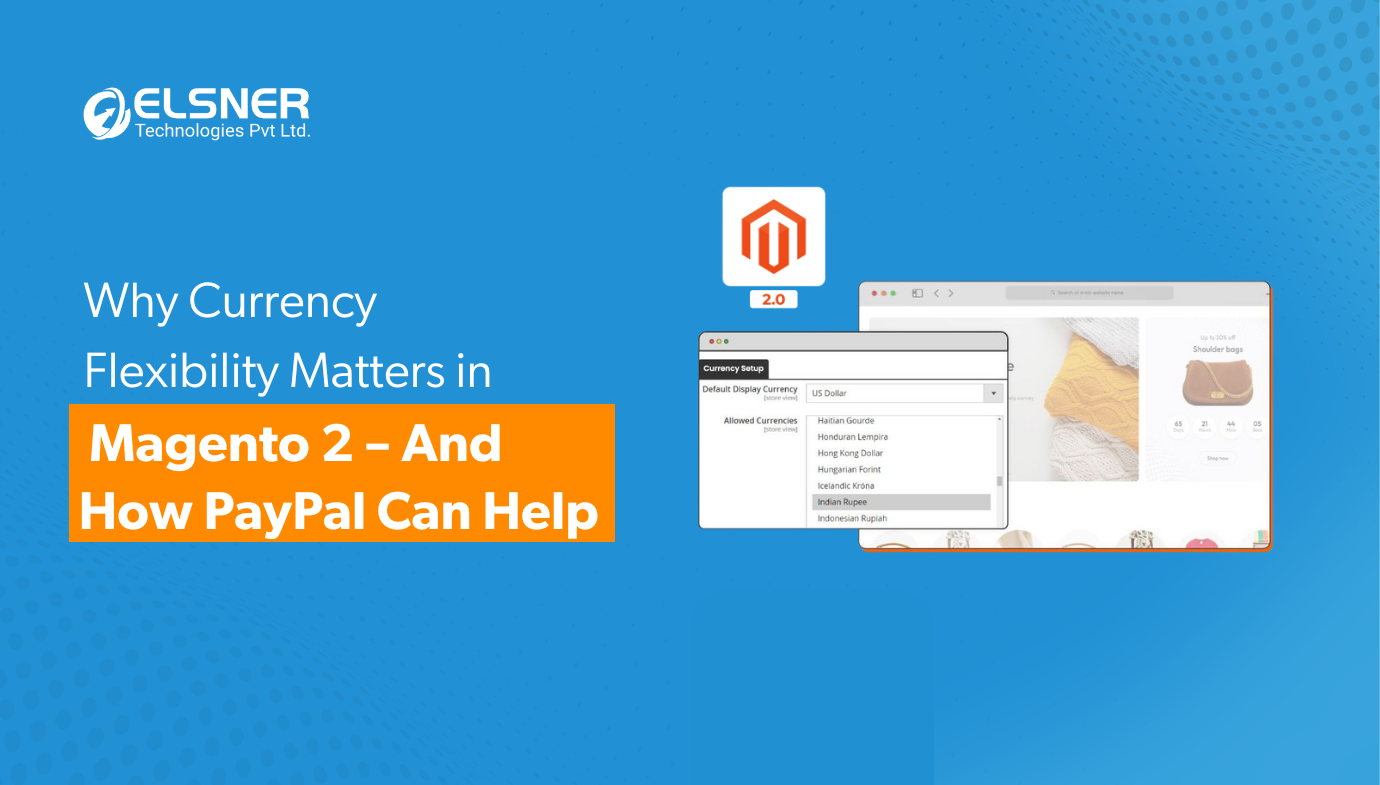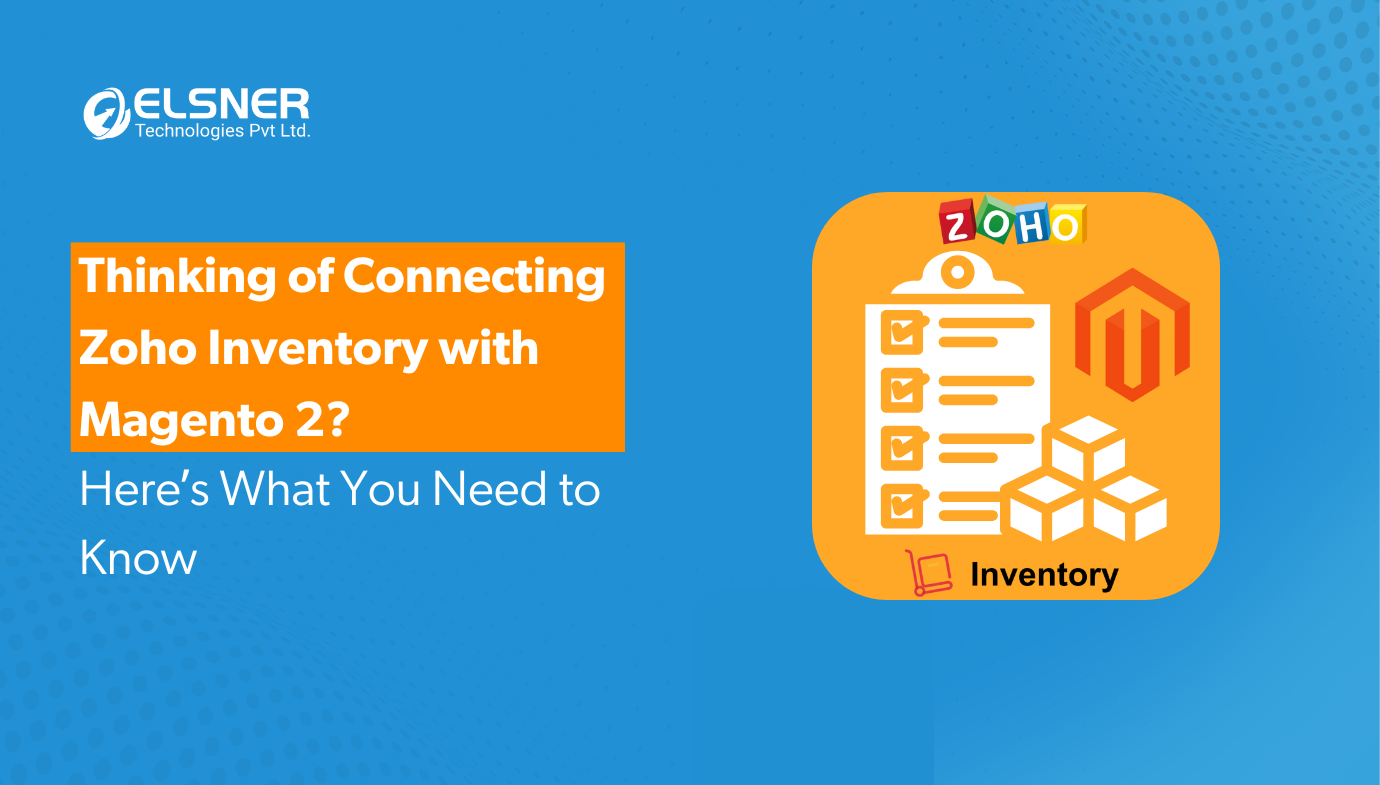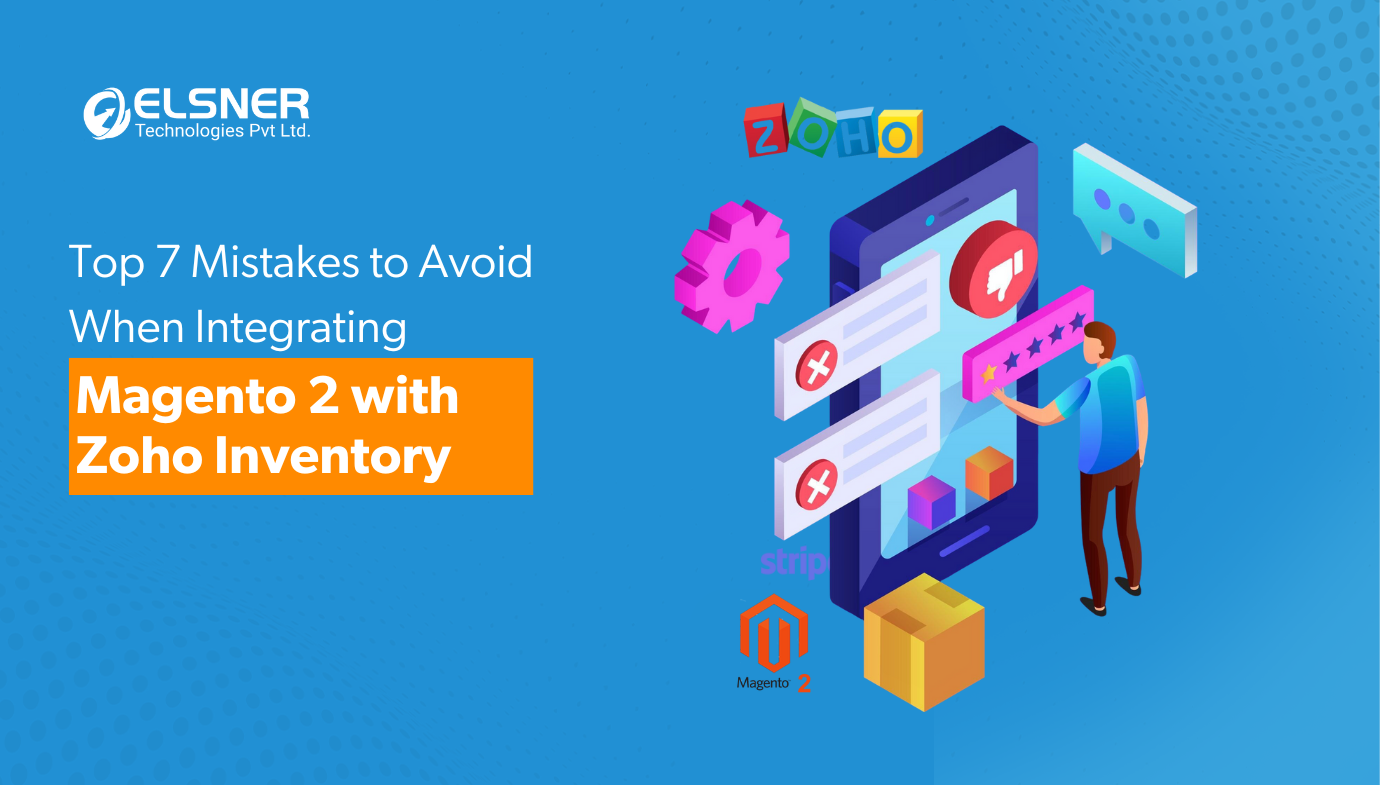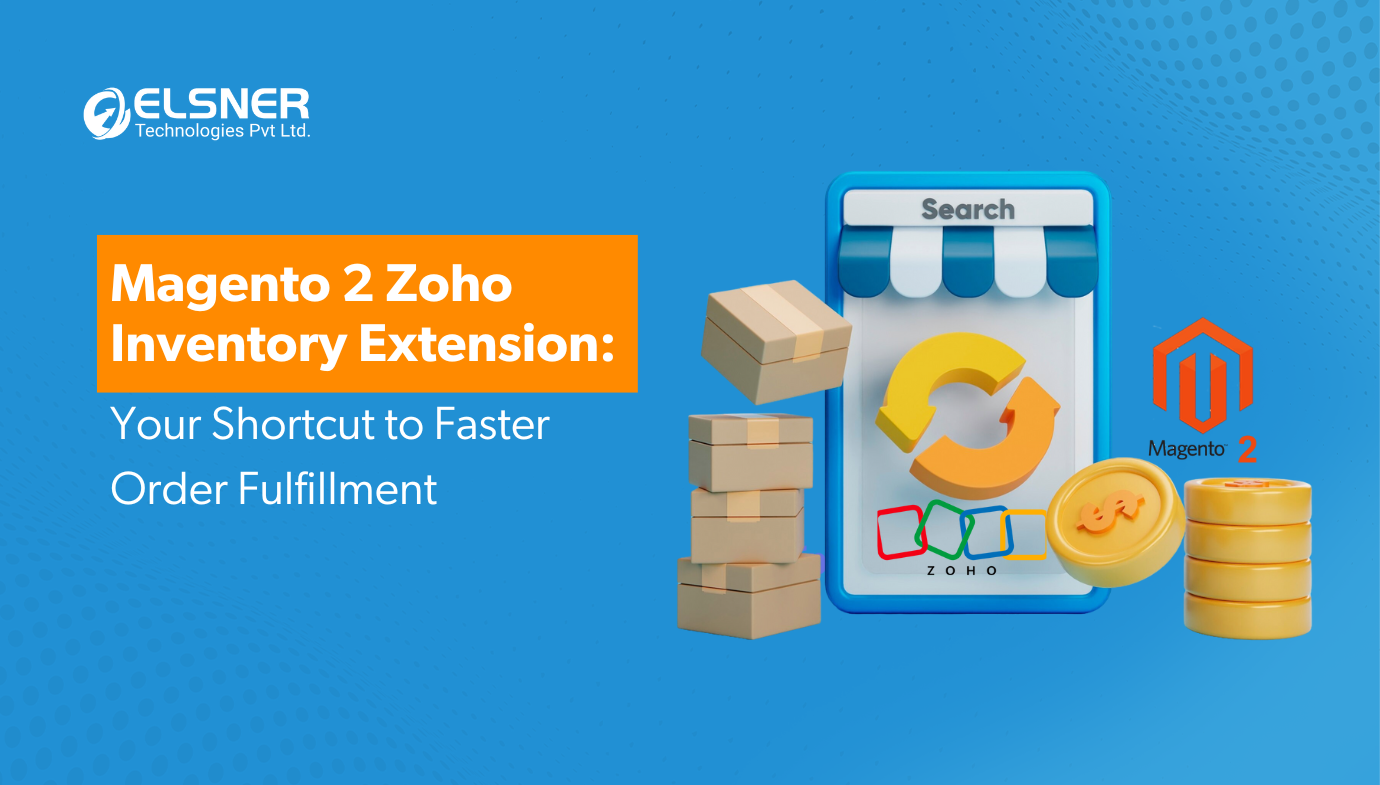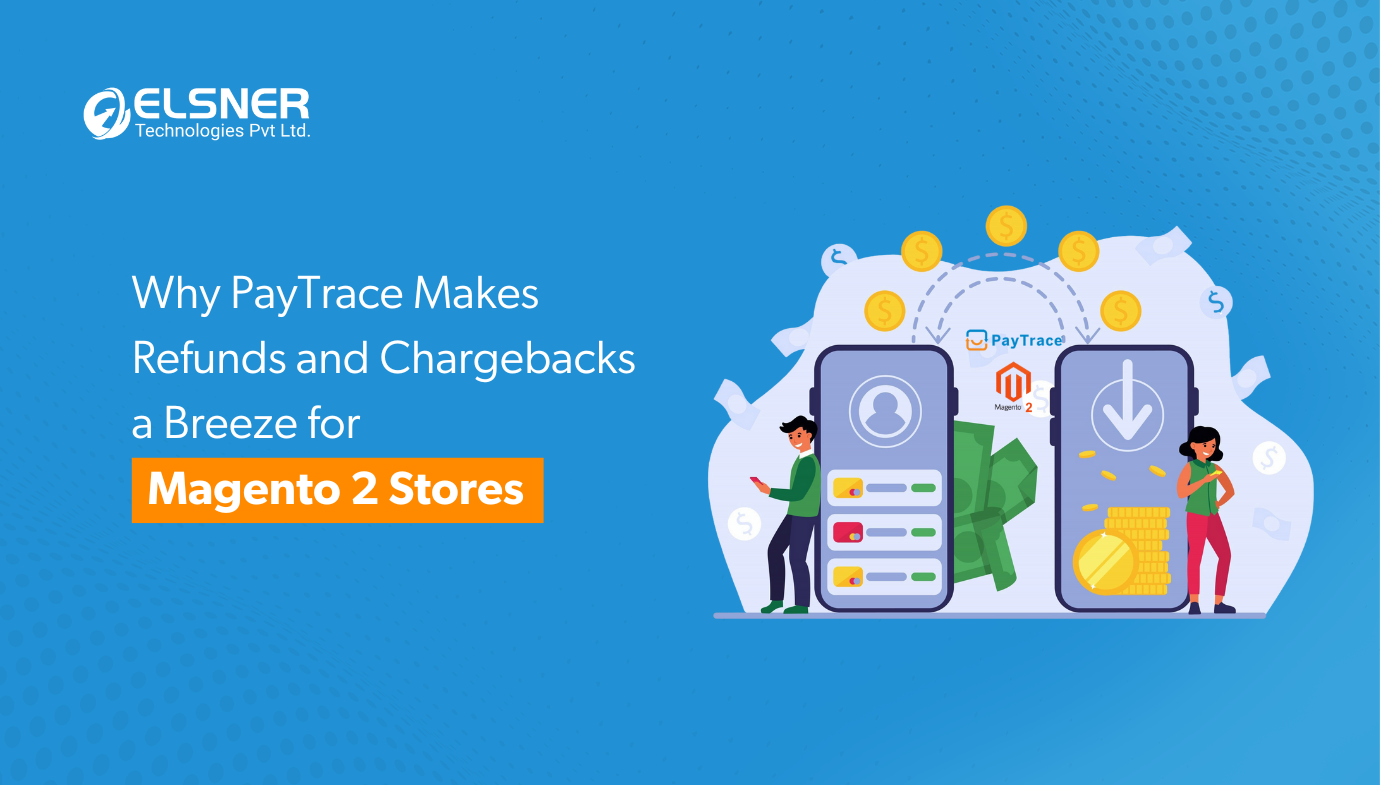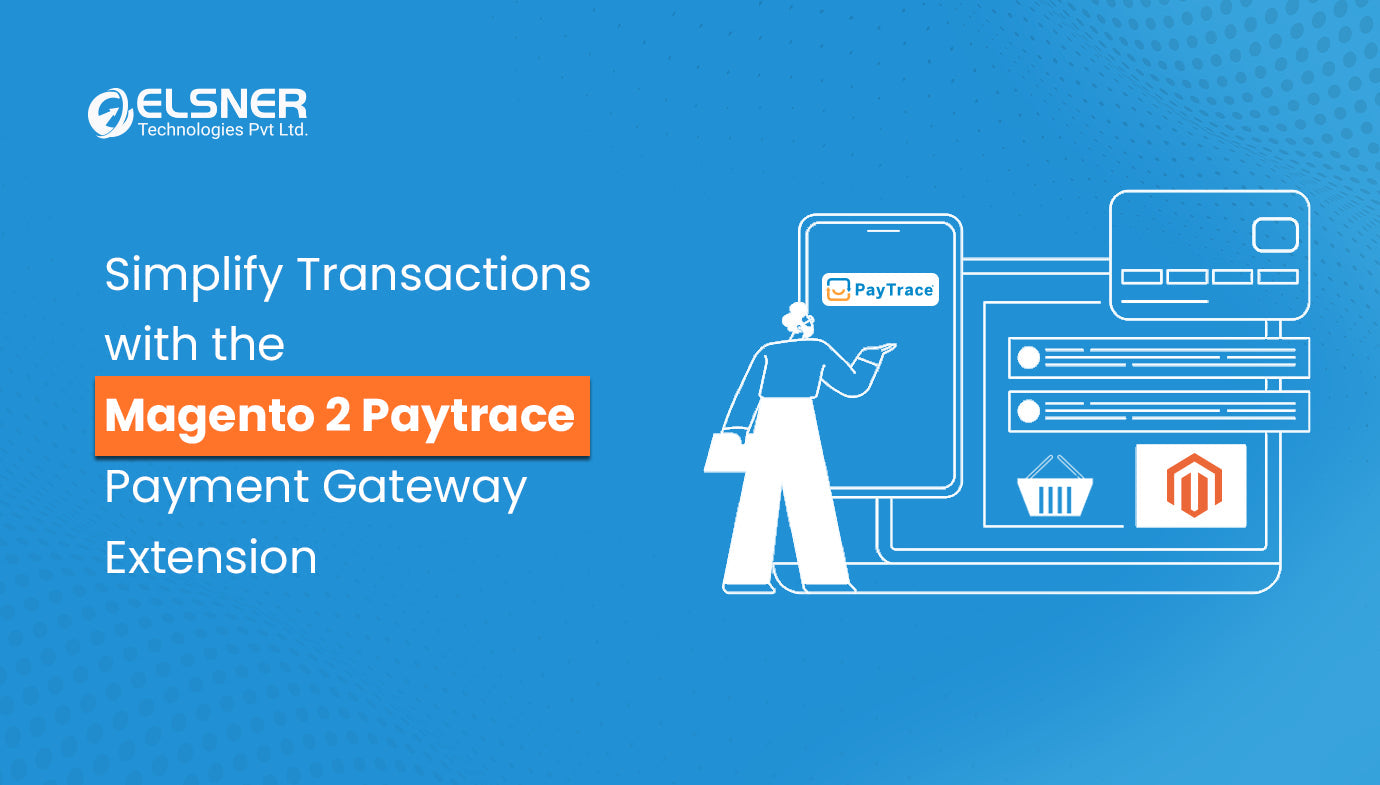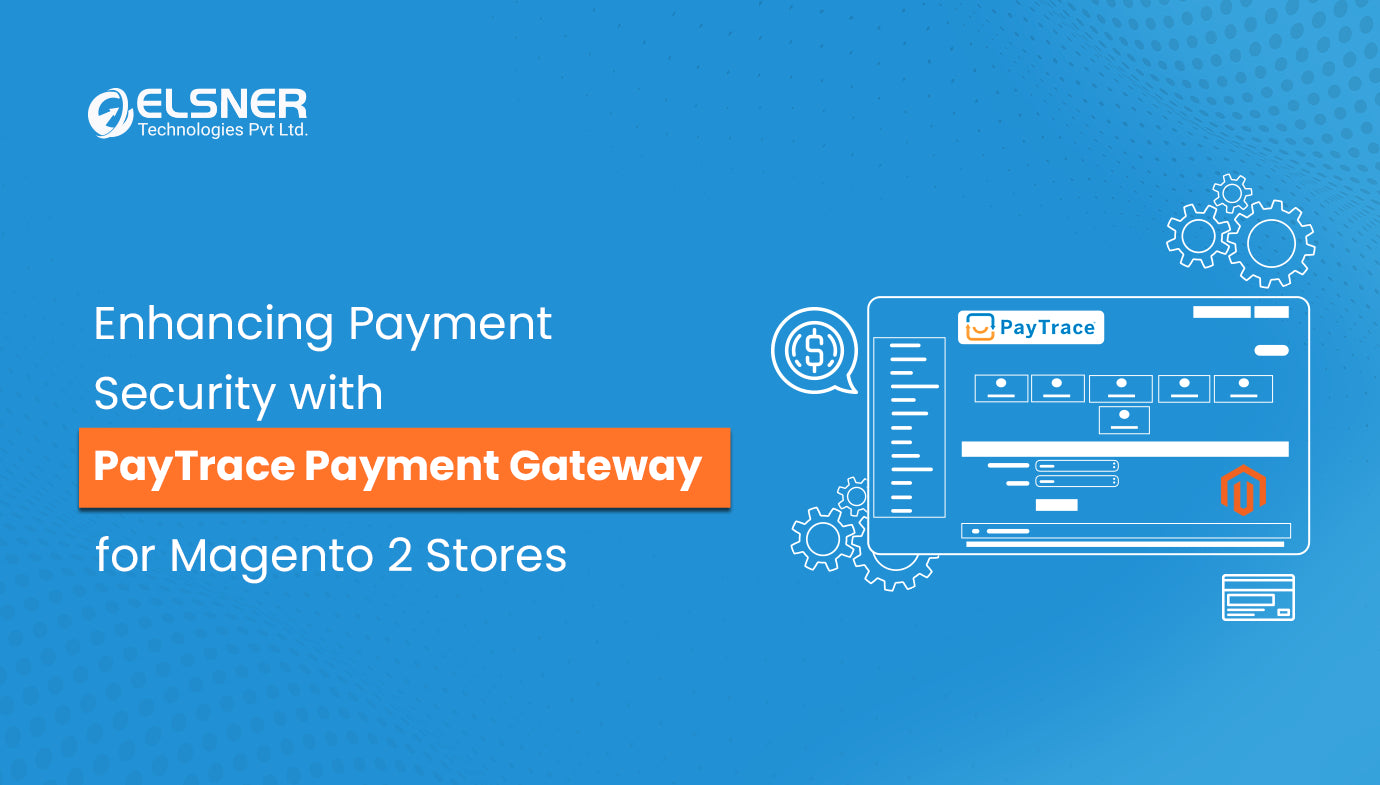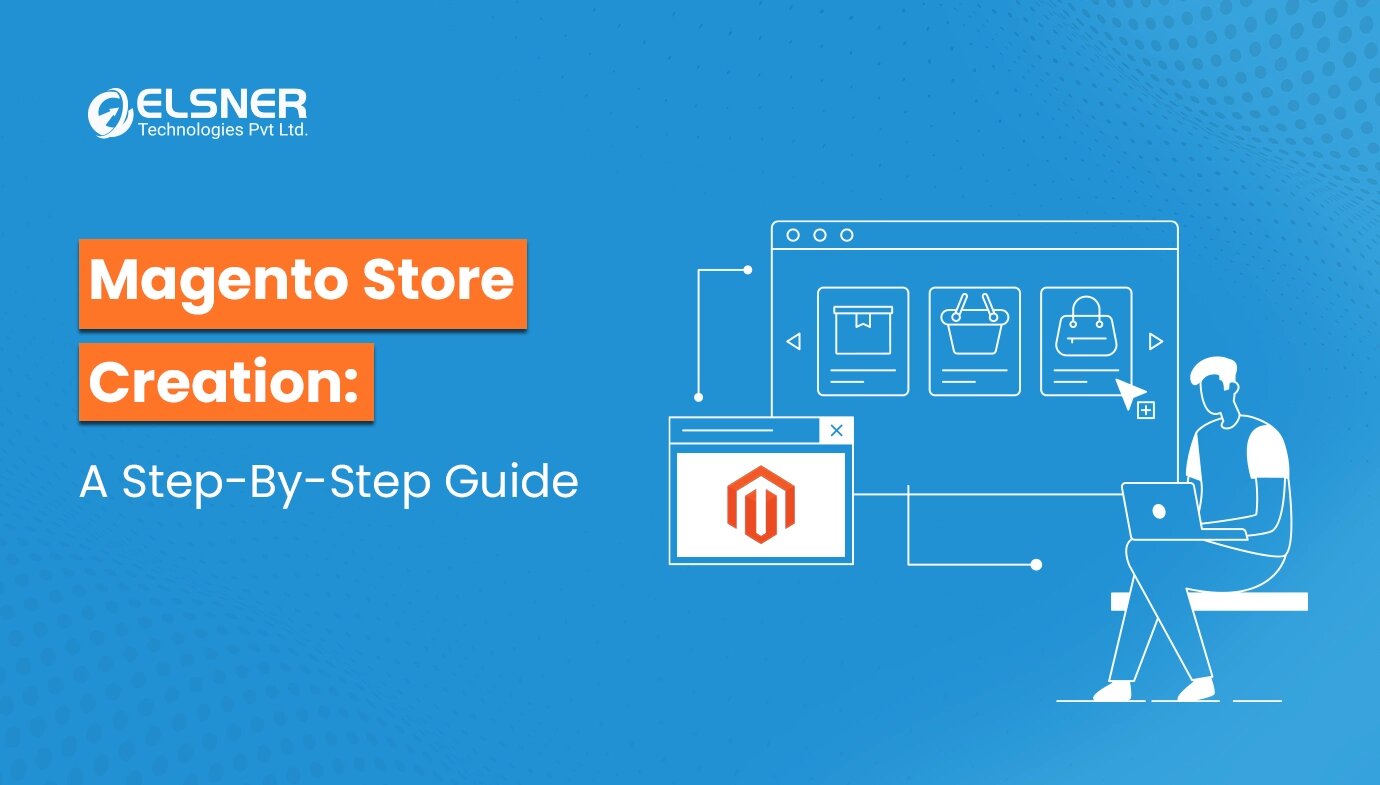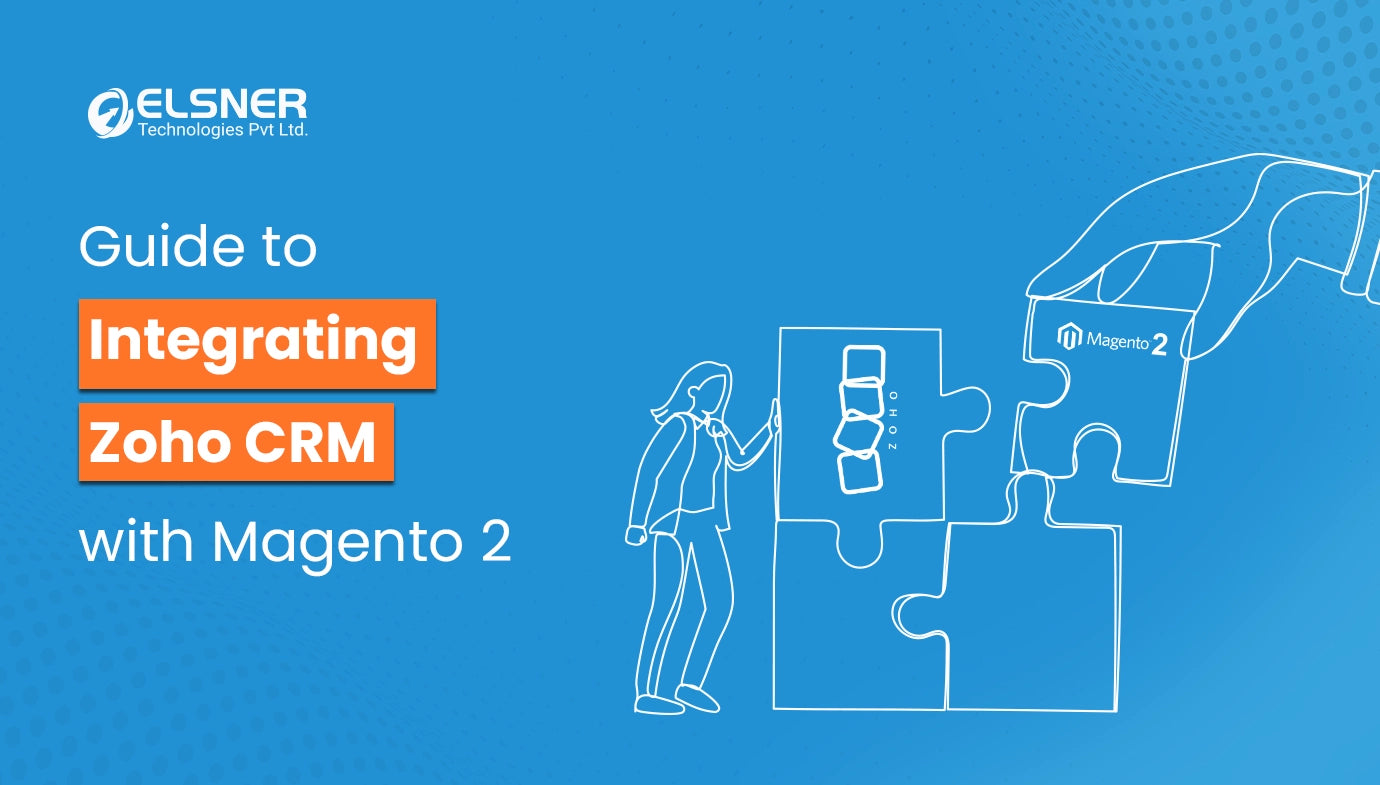Get in Touch
Magento’s wide range of features and functionalities have made it one of the most powerful e-commerce platforms today! Magento’s multistore functionality is a benefit that Magento 2 brings to business owners. Creating multi-store and integrating Multi-store functionality can help you save time and become an efficient business manager.
Magento 2 Multistore might seem like any other tool, but it's important for Entrepreneurs or business owners looking forward to expanding their online presence. An online presence is the only way your target audience can discover your business; with Magento 2 multistore, it comes in handy! Magento 2 extensions offer enhanced flexibility, improved SEO, better customer experience, cost-efficient options, and, as we already mentioned, ease of integration. You can get multiple Magento Extensions from the Magento Extension Store. Magento 2 Multistore should be your go-to platform if you are looking for effective and efficient options to easily manage multiple stores online.
The continuous expansion of e-commerce has begun to take over the retail industry, and the need for a robust and flexible platform is increasing daily. Magento 2 Multi-store provides a thorough solution for business owners looking to manage multiple stores online from a single dashboard.
What is a Magento 2 Multistore?
Magento 2 has become increasingly popular because of its features and integrations to e-commerce businesses to manage their stores efficiently. One of the many features that Magento 2 offers are the creation of a multistore hierarchy and the ability to manage all these stores with convenience and ease. Magento 2 extensions are also an add-on benefit for creating a multistore on Magento 2.
A single Magento extension development or installation allows merchants to run a multistore with domains, languages, currencies, and products. This leads to efficient management of multiple stores by business owners from a single admin panel, eliminating the need to set up multiple stores in Magento 2 whenever you have a new business idea. Magento extensions for e-commerce can be helpful in Magento multistore that can help you make your work even easier.
Don't worry. When we say a Multistore, it doesn't mean that every store you create will have the same design look and feel. It only means that every store you create shall be compiled under a single admin panel to give you the convenience of managing all your stores under a single admin panel. This allows all your target audiences to have a unique shopping experience whenever they shop from you.
Setting up a multistore in Magento 2 involves creating different websites, stores, and views. A website is the highest level of organization in a multistore and can have multiple stores. Each store can have multiple views, which are different ways of displaying the same store to customers, such as different languages or currencies.f
How to set up a Magento 2 Multistore?
Magento 2 Multi store set up is a great way to grow your eCommerce business by providing multiple storefronts from a single Magento 2 installation. You can manage multiple stores with different languages, currencies, products, and themes from a single administration panel with Magento 2 Multistore. You can follow these steps to create a Magento 2 multistore:
Step 1: Install Magento 2
The first step to setting up a Magento 2 Multistore is to install Magento 2 on your server. You can download the latest version of Magento 2 from the official website or use a one-click installation service offered by your hosting provider.
Step 2: Configure Your Server
Before configuring Magento 2 Multistore, ensure your server meets the minimum system requirements. You will need a web server, PHP, and a MySQL database. You can check the Magento Extensions For E-commerce to see the multiple integrations that are offered by Magento 2
Step 3: Configure the Domain and DNS
To set up a Magento 2 Multistore, you must configure the domain and DNS for each store. You can use subdomains or subdirectories for each store. For example, if your main domain is www.example.com, you can set up two stores, store1.example.com and store2.example.com, or www.example.com/store1 and www.example.com/store2.
Step 4: Create Store Views
Once you have configured the domain and DNS, you can create store views in Magento 2. A store view is a different version of your store that uses the same product catalog but has different language, currency, and theme settings.
To create a store view, go to Stores > All Stores in your Magento 2 admin panel. Click on Create Store View and enter the necessary details, such as Store Name, Code, and Status. Select the store from the dropdown menu and configure the settings such as Locale, Currency, and Theme.
Step 5: Configure Products and Categories
Go to Catalog > Products in your Magento 2 admin panel to configure products and categories for each store view. Select the product you want to assign to a specific store view, go to the Websites tab, and select the store view from the dropdown menu. You can do the same for categories by going to Catalog > Categories and selecting the store view from the dropdown menu. Magento extensions for e-commerce also help you with inventory and in-store product management.
Step 6: Configure Payment and Shipping Methods
Go to Stores > Configuration in your Magento 2 admin panel to configure payment and shipping methods for each store view. Select the store view from the dropdown menu and configure the payment and shipping methods settings. You can also set different prices and taxes for each store view.
Step 7: Test Your Multistore
Once you have configured your Magento 2 Multistore, testing each store view is important to ensure everything is working correctly. You can test the frontend by visiting each store view's URL and the backend by logging in to each store view's admin panel.
Read More : How to configure Google One Tap Login in Magento 2? : Step-by-step Guide
Final Word
If you are an Entrepreneur looking to expand your online presence, you should consider the multiple benefits that Magento 2 provides for setting up a multistore. Multiple Magento 2 extensions make handling a multistore even easier by providing you with time-saving ways to do multiple tasks that are time-consuming. Setting up a Magento 2 Multistore may seem complicated, but it's a great way to expand your online business and offer a better shopping experience to your customers.
Browse More :
Integrating PayPal Multi-Currency in Magento 2? Here's a Detailed Guide
One-Page vs Multi-page : The Battle of Checkout Flows for Improved Conversion Rates








